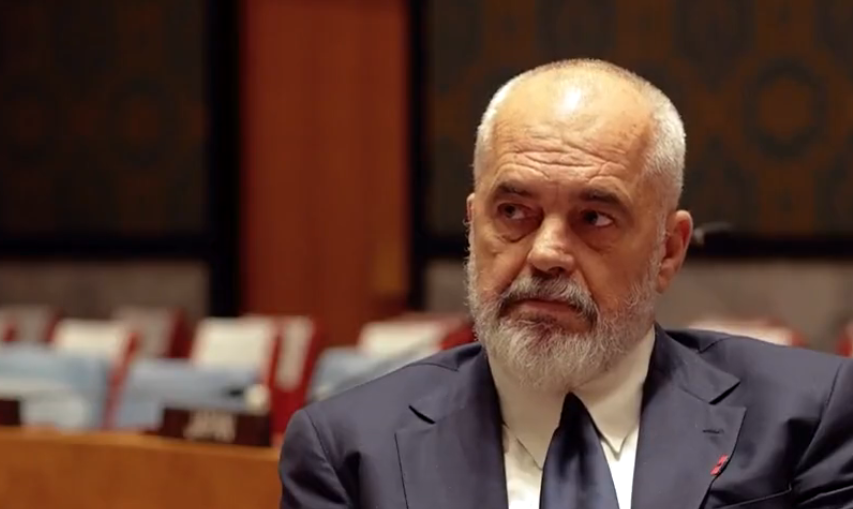Он је критиковао Куртијев “приступ дијалогу са Србијом”.
Приступ званичне Приштине само помаже Србији, не помаже “Косову”, јер долази до виктимизације Срба у очима целе међународне заједнице, каже Рама.
Он је додао да су га Куртијеве оптужбе на рачун Мирослава Лајчака, специјалног известиоца ЕУ за дијалог Београда и Приштине, оставиле без текста и назвао их је “теоријама завере”.
🇦🇱 Albanian PM Edi Rama criticezd Kosovo PM Albin Kurti aproach in the dialogue:
— kos_data (@kos_data) September 21, 2023
"Prishtina's approach is helping Serbia, it is not helping Kosovo because it is victimizing Serbia in the eyes of the entire international community."
Rama added that PM Kurti's accusations against… pic.twitter.com/eMFIH0AwIP
Прочитајте ОВДЕ шта је Вучић рекао о Косову и Метохији на седници ГС УН-а
Извор: Правда.рс





